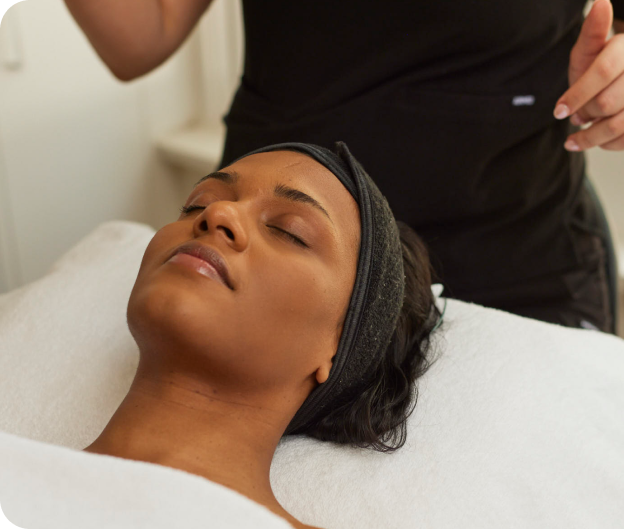
Have the toils of summer flip flops thickened the skin on your heels? Do you try to exfoliate the skin on your heels only to notice that a week later it has recurred? Is it more than just dry skin?
Cracked Skin on the Heels can be the result of several things:
1) Dry Skin
Skin coming out of summer tends to dry out as the weather becomes less humid and the air drier. The skin on the entire body is affected, especially the feet. Add the toll ofa hard summer on pouding the beach in thongs and the dancefloor inwedges , the problem compounds.
Simply, the dry skin can be treated with avoiding soap in the area, And moisturizing. Try a urea containing ointment such as EulactolHeel Balm with a cotton sock at night to increase penetration. Supple souls over night!
Or make your own:
Soak feet 15 mins in a warm footbath containing 2 tablespoons of baking soda. Pat feet dry then add ¼ cup olive oil, and 2 tablespoons apple cider vinegar. Pop on your socks and sleep on it (source: Carla Oates)
2) Psoriasis
This is thick scaly skin, often with cracks and fissures. It occurs all over the sole of the foot, especially the heel and forefoot. It can also be associated with redness that extends up the sides of the foot. It occasionally has small pusutules. It usually is NOT itchy, and is thicker than usual dryness. Clues to psoriasis, are thickening of the skin at the elbows and a history of dandruff. You might also notice nail changes such as pitting and ridging.
It is important NOT to exfoliate and scrub psoriasis, as it does a thing called ‘koebnerising’ – meaning the thickness gets worse!
The best treatments are chemical debridement such as salicylic acid, and anti-inflammatories such as tar based ointments.
Sometimes this type of psoriasis needs treatment with oral tablets, and so if you think you may have just more than scaly feet, seek the advice of your doctor or dermatologist.
3) Tinea/Infection
Can occur by itself or with other scaly foot conditions. It usually originates between the 4th and 5th toes in a moist/wet area. It can spread to involve the nails, and other areas of the foot. In server cases can rise up to the ankle, legs and groin. It is mostly itchy, and contagious!
It is best treated with antifungal creams such as Lamisil cream. It is also important to treat shoes (especially ones worn without socks), and areas where the feet are bare. If tinea starts to the affect the nail, it often requires oral antifungal tablets, in which case you should consult your doctor to direct treatment.
For a more natural approach – try Carla Oates absolutely fabulous foot powder
- 36g cornflour
- 68g bicarb soda
- 52g white arglietx clay
- 20 drops essential oil 8 drops lavender, 8 drops tea tree, 4 lemon oil
- combine the flour and bicarb with the clay
- add oils drop by drop, stirring constantly
- sift then store in a tightly lidded container with holes punched in top. Shake well before use.
